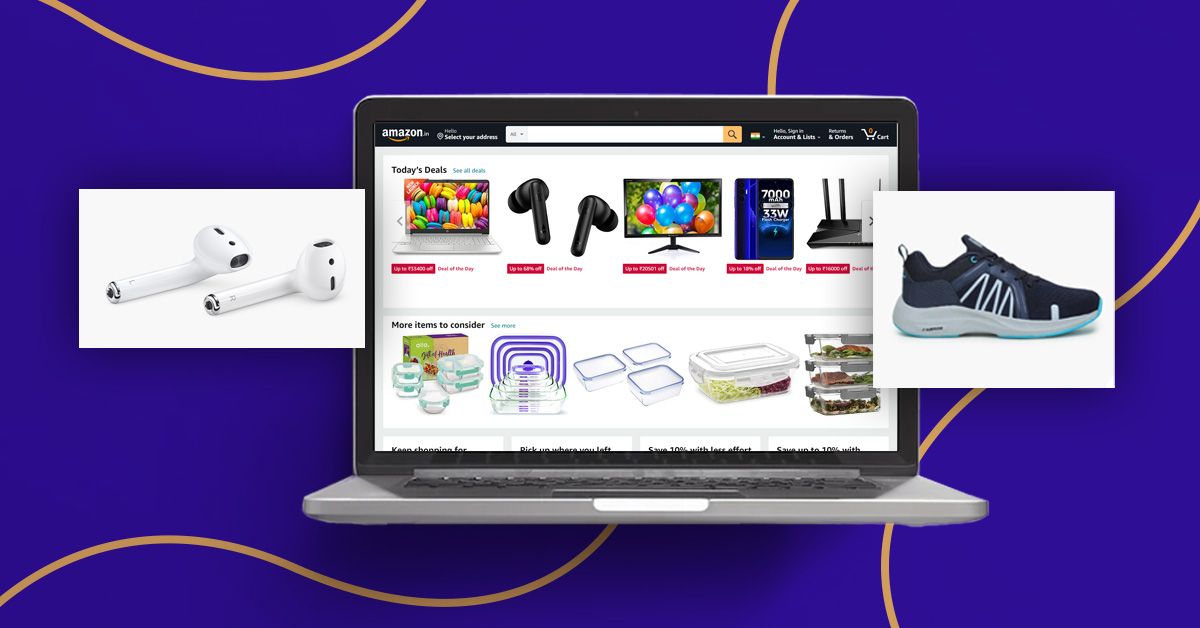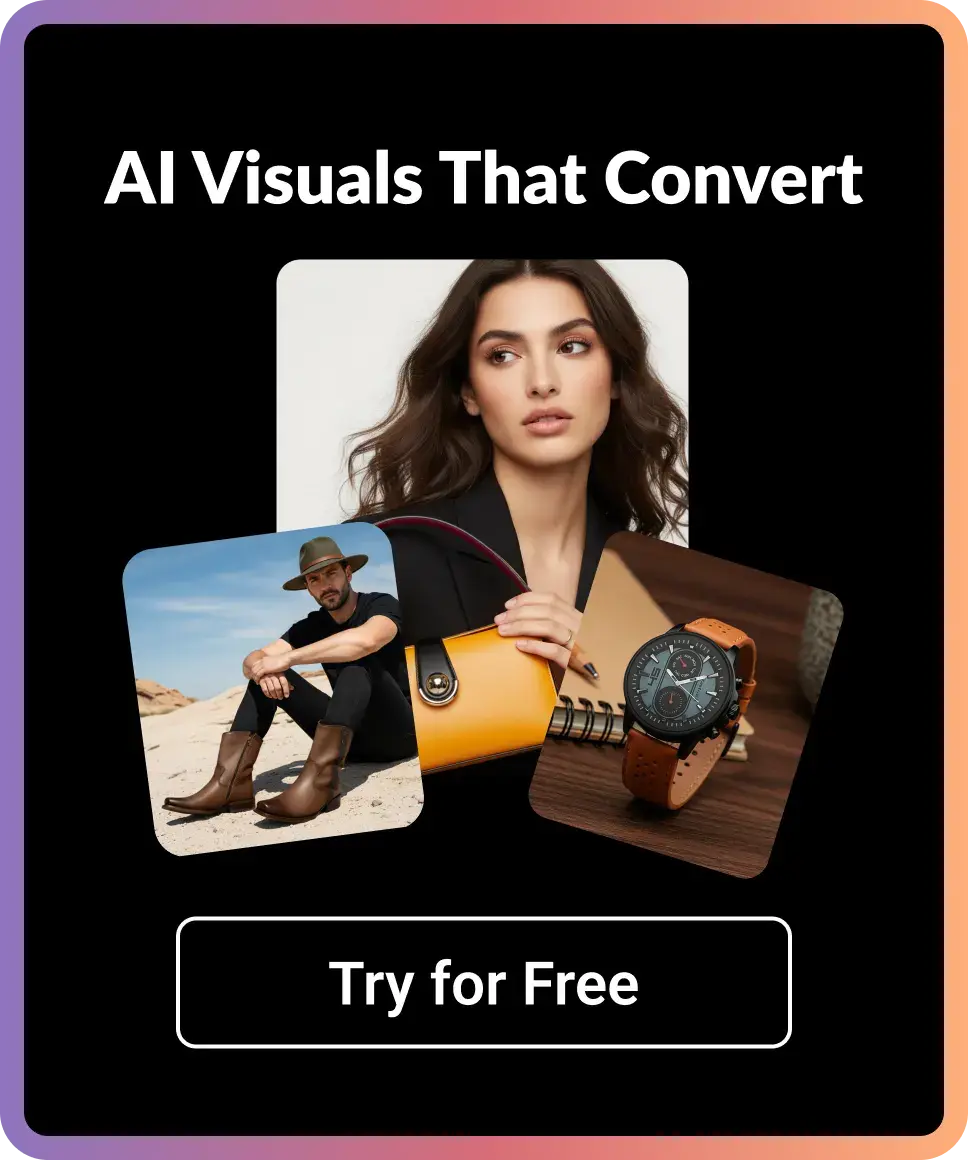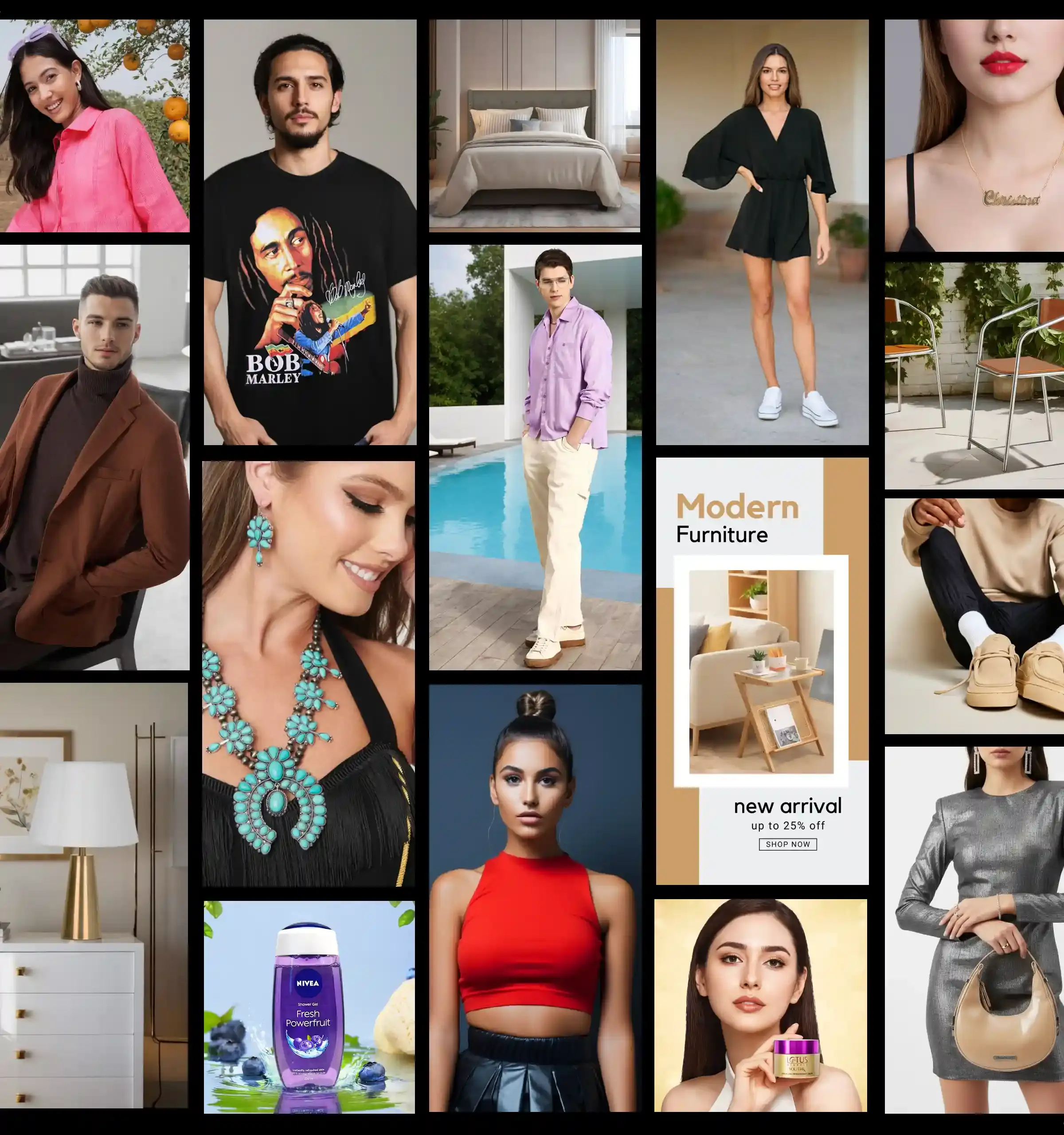Why Amazon Product Images Matter?
Amazon product images are one of the most critical aspects of your listing. They are the first thing customers see when considering a purchase and can significantly impact your conversion rates. According to Amazon's official guidelines, images must accurately represent the product, fill at least 85% of the image frame, and have a pure white background. The recommended image size is 1600 pixels or larger on the longest side to enable the zoom function, which has been shown to enhance sales.
In this guide, we’ll break down Amazon’s image requirements, technical specifications, and best practices to help optimize your product listings.
1. Main Image Requirements (Hero Image)
Your main image is the first visual interaction customers have with your product on Amazon. It plays a crucial role in grabbing attention and driving conversions.
Amazon’s Official Requirements:
- White Background: The main image must have a pure white background (RGB 255,255,255). This ensures a clean and professional look.
- Fill the Frame: The product should occupy 85% or more of the image frame.
- No Mannequins for Clothing: Clothing photography must be done on a model or laid flat, but not on mannequins.
- Proper Lighting: Use 5500K daylight-balanced lighting to ensure accurate color representation. Here are the 7 best lighting tips for you to follow.
- Sharp Focus & High Resolution: Images must be sharp, well-lit, and at least 1000px on the longest side to enable the zoom feature.
Why It Matters:
Amazon’s A/B testing has shown that clear, zoomable images significantly increase customer engagement. Well-optimized hero images can boost click-through rates and conversions by up to 20%.
2. Additional Image Requirements (Secondary Images)
After the main image captures a shopper’s interest, secondary images provide detailed insights into the product’s features, use cases, and benefits.
Best Practices for Secondary Images:
- Multiple Angles: Show the product from different perspectives to highlight key features.
- Lifestyle Images: Display the product in use to help customers visualize real-world applications.
- Infographics: Use overlay text to highlight dimensions, features, and benefits.
Why It Matters:
A variety of secondary images reduces uncertainty, helping customers make informed decisions and minimizing return rates.

3. Technical Image Requirements
Ensuring your images meet Amazon’s technical specifications is crucial for visibility and compliance.
Below are the Amazon image requirements:
- File Format: JPEG (.jpg), PNG (.png), GIF (.gif), TIFF (.tif)
- Minimum Resolution: 1000px on the longest side
- Recommended Resolution: 2560px for zoom functionality
- File Size: Under 10MB
- Aspect Ratio: 1:1 (Square)
- Color Profile: RGB for accurate display
Why It Matters:
High-resolution images allow zooming, improving product visibility and enhancing user experience, which Amazon rewards with better ranking in search results.
4. Common Violations to Avoid
Avoiding these mistakes can prevent listing suppression and compliance issues:
- ❌ Non-White Backgrounds: The main image must have a white background (RGB 255,255,255).
- ❌ Logos, Watermarks, or Text Overlays: Promotional elements in the main image are strictly prohibited.
- ❌ Multiple Products in One Image: The main image should show only the product being sold.
- ❌ Misleading Accessories: If not included in the purchase, accessories should not be displayed.
- ❌ Low-Resolution Images: Blurry or pixelated images reduce trust and affect conversion rates.
Why It Matters:
Failure to follow Amazon’s image policies can result in listing removal or a decline in search ranking.
How Dresma Can Help Your Amazon Product Listings?
Optimizing Amazon images can be time-consuming, but AI-powered tools like Dresma’s DoMyShoot simplify the process.
Real-World Success Story:
Brands used Dresma’s AI tools to enhance their Amazon images, resulting in a 40% increase in sales within 3 months. With automated background removal, smart cropping, and lighting adjustments, Dresma ensures that every image meets Amazon’s strict standards effortlessly.
.
Get Started:
Ready to optimize your Amazon images effortlessly? Explore how Dresma’s AI-powered tools can save time, cut costs, and boost conversions today!
Final Takeaways
✅ Cite Amazon’s official guidelines to reinforce credibility.
✅ Use real-world stats to highlight the impact of optimized images.
✅ Provide visual examples to enhance reader understanding.
✅ Smooth the transition to Dresma’s solution for better engagement.
✅ Include a case study to build trust and demonstrate Dresma’s effectiveness.
By implementing these best practices, you can ensure Amazon-compliant, high-quality product images that drive more conversions and minimize returns.










